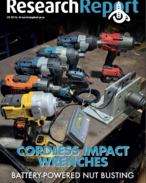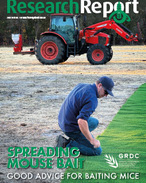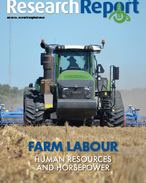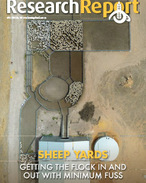This article is 4 years old. Images might not display.
The ‘Emerging weeds' GRDC research investment, led by the University of Adelaide, included studies of brome grass in field trial sites at Wongan Hills, Western Australia and Roseworthy in South Australia.
Western Australia Department of Primary Industries and Regional Development (DPIRD) research officer Catherine Borger led the Wongan Hills study, then used the findings to model HWSC outcomes for brome grass in the Weed Seed Wizard decision tool.
Borger said her results confirmed that HWSC methods such as seed impact mills will help growers reduce the brome grass soil seedbank in their paddocks.
"The trials taught us a lot about how competitive brome grass can be in cereal crops and the quantity of seed it can produce under favourable conditions," Borger said.
"However, our modelling across six wheat and lentil rotations showed that even destroying 20 per cent of brome grass seed at each harvest could reduce the soil seedbank by half compared with no HWSC over the same period.
"A key strategy for improving seed capture is to harvest early, as brome grass seed shedding is very unpredictable and may be triggered by genetic traits as well as environmental factors.
"If the harvest and weed seed capture can be completed before brome grass sheds most of its seed, the soil weed bank will be much more diminished," Borger said.
"We were encouraged to see that capturing just 20 per cent of brome grass seeds can have a powerful effect on reducing the soil seedbank.
"It shows any level of seed control is better then zero seed control at harvest, especially as part of a long-term integrated weed management strategy," Borger said.






















